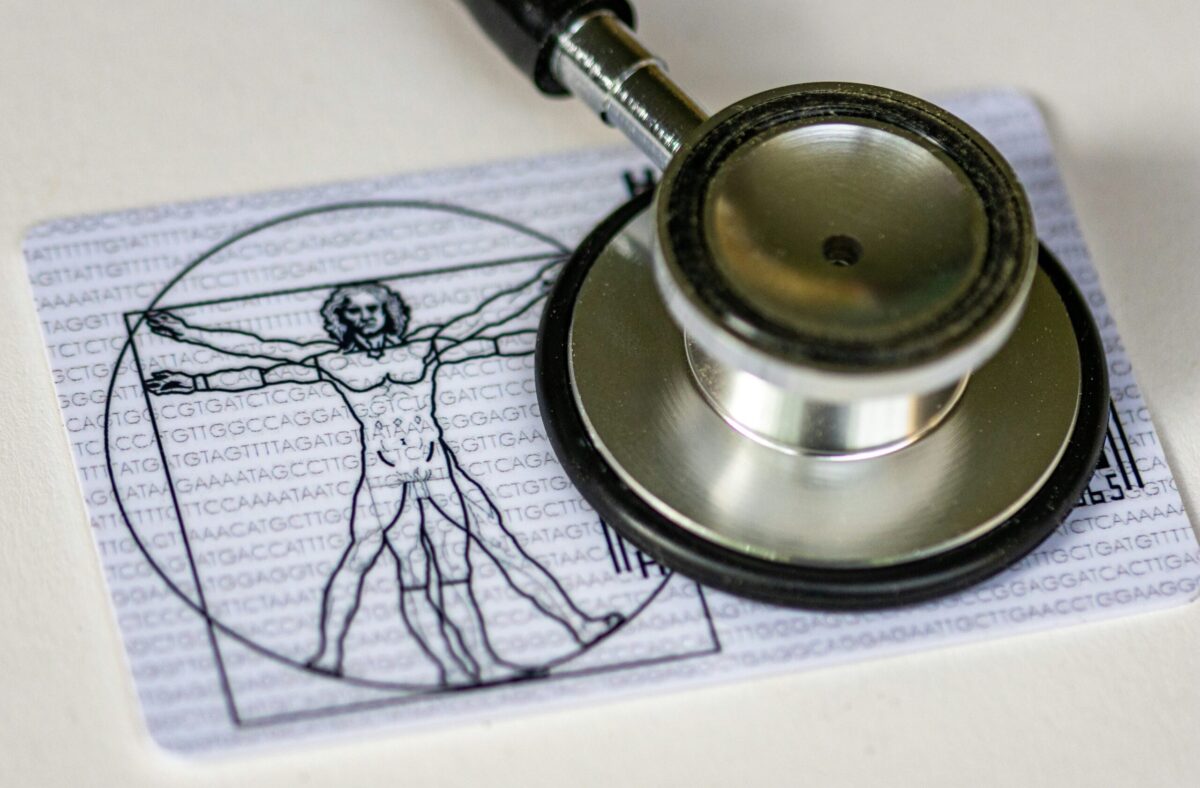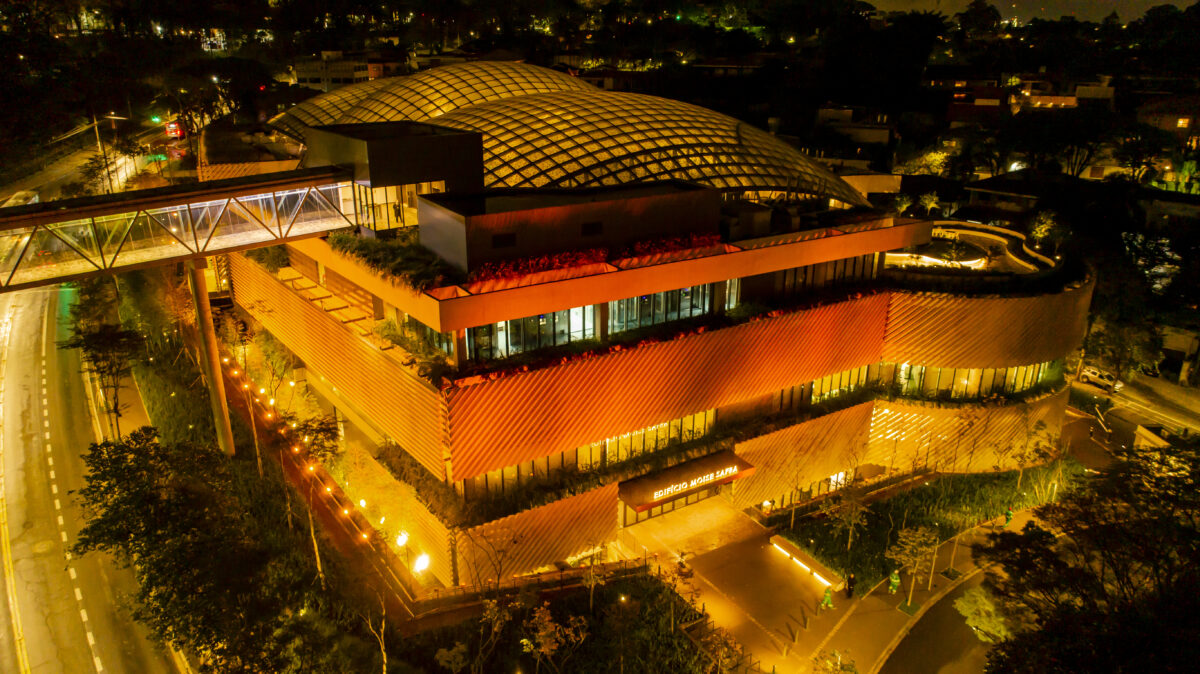 #Essays
#Essays
What should we expect from the doctors we train?
In the midst of a transformation, medical education must integrate health outcomes, patient safety, and social responsibility
 Migrating to competency-based learning is more than a curricular shift—it requires a cultural transformation in the way medical care is provided | Image: Marek Studzinski | Unsplash
Migrating to competency-based learning is more than a curricular shift—it requires a cultural transformation in the way medical care is provided | Image: Marek Studzinski | Unsplash
Training doctors to work in a healthcare system is like preparing an orchestra. For a long time, medical education functioned like musicians playing isolated notes: each discipline and its content were taught in a fragmented way, as if the grouping of individual sounds were enough to create music.
But a score is needed to organize the ensemble, to give meaning and direction to the harmony we want to produce.
This requires a paradigm shift in medical education that invites us to look beyond the mere sum of the content and to clearly define what educators and society expect from the doctors we train.
This is the paradigm of competency-based medical education, which seeks to integrate knowledge, skills, and attitudes to promote professional and reliable practice, resulting in safe, responsible, and socially committed healthcare.
Before the Flexner Report, published in 1910, medical education was marked by opportunistic learning, dependent on circumstances and the availability of teachers, with little standardization across schools.
The training was fragmented, varying enormously between institutions and with no established quality standards. The Flexner report brought the scientific revolution that the twentieth century demanded: curricular standardization, laboratories, research, and methodological rigor. It was a decisive turning point that established medicine as a scientific profession.
However, the Flexner model also solidified medical education as a content-heavy, discipline-based structure. Students learned a lot of information, but they were not always prepared to apply it in an integrated manner in complex care situations.
Medical schools thus began to reproduce an approach of excellence in science, but limited in its connection with professional practice and social demands.
Paradigm shift
The transition now underway is based on changes in the perception of medical education and the needs of society. One of the first signs of this transition was given by the World Health Organization (WHO) in 1978, in a document that presented a competency-based curriculum.
Another important milestone was the “To Err Is Human” report, published by the US Institute of Medicine in 1999, which exposed the extent of preventable errors in healthcare. The report highlighted the need for training to go beyond transmitting knowledge, and the need to educate students on patient safety, social responsibility, and complex health systems.
This movement spurred the shift in medical education towards competency-based teaching, in which competencies are individual attributes that professionals need to demonstrate as a whole, including not only technical knowledge, but also attitudes and interpersonal skills, such as professionalism, clinical communication, and collaboration as a team.
These competencies, however, were abstract concepts.
Then, in 2005, a framework known as Entrustable Professional Activities (EPA) was proposed, describing concrete medical practices that are observable and time-limited, allowing supervisors to decide whether a trainee is capable of performing them independently.
These competencies represent how each individual masters their own instrument, while the EPAs make the music audible, meaning it can be observed, trusted, and evaluated in real practice.
This integration makes it possible to assess competencies within the real world of healthcare—something that previously seemed impossible.
Impact on patient care
Migrating to competency-based learning and EPAs is about more than simply changing the curriculum. It is a cultural transformation in how medical care is provided.
When it is grounded in practical outcomes, education increases safety in four key dimensions:
- For patients, it reduces avoidable errors and increases confidence in care.
- For trainees, it ensures supervised progression, reducing the risks of premature and unsafe independence.
- For professionals, it improves confidence and preparedness in increasingly complex health systems.
- And for society, it helps train doctors aligned with the real needs of the health system.
In Brazil, an example of alignment with this transition can be seen at Einstein Hospital Israelita, where EPAs are adopted as evaluative criteria for medical students and to monitor the progress of medical residents. In continuing education, training programs are designed around competencies.
In some areas of medical practice at Einstein Hospital Israelita, such as intensive care and primary healthcare, EPAs have been proposed as a way of supporting the creation of personalized development plans for professionals working at the institution.
The aim is to provide structured, career-long support—an innovative approach both in Brazil and internationally.
Family and Community Medicine
In 2025, the Brazilian Society of Family and Community Medicine (SBMFC) published the National EPAs in Family and Community Medicine, a landmark that clearly outlines the expected activities of an expert in the field.
To support their implementation in residency programs, the SBMFC released a Theoretical and Practical Guide that explains the evaluation methods and offers guidelines for applying them during on-the-job training.
If the paradigm of competency-based medical education is the score that guides the symphony, assessment is the rehearsal during which instruments can be tuned, the tempo can be corrected, and the harmony can be refined. After all, no training method can be called robust without coherent evaluation systems.
According to the Ottawa criteria (an internationally accepted expert consensus), a good assessment is one that presents validity, reliability, feasibility, educational impact, catalytic effect, and acceptability.
The assessment is thus about more than simply measuring performance: it is about taking care of the learning process, guiding progress, and responsibly determining the autonomy of students and residents at each stage of their training.
Cultural change
The transition from content-focused teaching to competency-based medical education must align with the needs and culture of each country—simply copying external models is not enough.
Brazil has developed its own solutions, such as initiatives by specialist medical societies and successful local experiences, which illustrate that it is possible to transform conceptual proposals into real tools and actions.
The challenge now is to expand these practices nationwide, to establish a medical education system aligned with safe and legitimate decisions about the professional autonomy of doctors in training.
This change is not just pedagogical, but cultural. It involves guiding medical training to respond to the demands of health systems and promoting safer healthcare that is committed to the needs of society.
More than teaching single notes of knowledge, training doctors is about building a symphony in which professional practice, knowledge, attitudes, and clinical and relational skills are integrated in harmony to generate high-quality care.
A transition to competency- and outcomes-based learning can help fine-tune our instruments to produce a sound that resonates both with patient safety and with the responsibility and commitment of medical schools and institutions to society.
Leonardo de Andrade Rodrigues Brito is a family and community doctor. He earned his master’s degree and PhD in clinical medicine, with a focus on health education, at the University of Campinas (UNICAMP). He currently works as an academic mentor for Einstein’s Family and Community Medicine Residency and as coordinator of the hospital’s postgraduate course in medical teaching and mentoring. He is also a teaching and research assistant at the University of Campinas (UNICAMP).
Opinion articles do not necessarily reflect the views of Science Arena or Einstein Hospital Israelita.
*
This article may be republished online under the CC-BY-NC-ND Creative Commons license.
The text must not be edited and the author(s) and source (Science Arena) must be credited.


